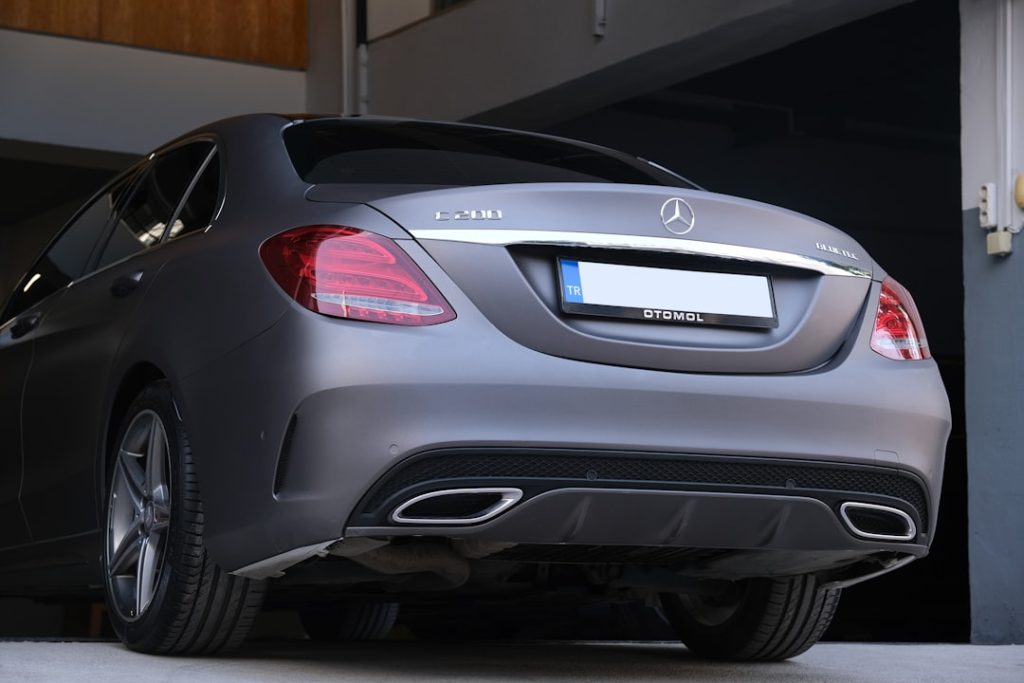Car wrapping for money is an innovative marketing strategy that allows vehicle owners to earn income by transforming their cars into mobile advertisements. This practice involves applying large vinyl decals or wraps to the exterior of a vehicle, effectively turning it into a billboard on wheels. Companies pay individuals to display their branding, logos, or promotional messages, leveraging the visibility of the vehicle as it travels through various locations.
This method of advertising has gained traction in recent years due to its cost-effectiveness and the ability to reach a broad audience without the need for traditional advertising channels. The appeal of car wrapping lies not only in its potential for passive income but also in its relatively low barrier to entry. Vehicle owners can participate in this program without needing specialized skills or significant upfront investment.
The wraps are designed to be removable, ensuring that they do not damage the vehicle’s paintwork. As a result, car wrapping has become an attractive option for those looking to monetize their daily commutes or leisure drives while contributing to a brand’s marketing efforts.
Key Takeaways
- Car wrapping for money involves getting paid to have your car wrapped with advertising or promotional materials.
- Car wrapping works by signing up with a company, having your car wrapped, and driving as usual to earn money.
- Finding companies that pay for car wrapping can be done through online research, reaching out to marketing agencies, or using car wrapping platforms.
- Understanding the terms and conditions of car wrapping agreements is crucial to avoid any unexpected issues or obligations.
- The amount you can earn from car wrapping varies depending on factors such as the size of your car, the duration of the campaign, and the advertiser.
How Does Car Wrapping Work?
The process of car wrapping begins with a vehicle owner signing up with a company that specializes in this form of advertising. These companies typically have a network of advertisers looking to promote their products or services through vehicle wraps. Once registered, the vehicle owner may be required to meet specific criteria, such as driving a certain number of miles per week or maintaining a clean and well-kept vehicle.
After approval, the company will arrange for the design and installation of the wrap. The actual application of the wrap involves several steps. First, the vehicle is thoroughly cleaned to ensure that the vinyl adheres properly.
Next, the wrap is carefully measured and cut to fit the contours of the car. Skilled technicians then apply the vinyl using heat and pressure to ensure a smooth finish without bubbles or wrinkles. The entire process can take anywhere from a few hours to a full day, depending on the complexity of the design and the size of the vehicle.
Once installed, the wrap can last anywhere from three to five years, depending on factors such as weather conditions and maintenance.
Finding Companies That Pay for Car Wrapping

Locating companies that offer payment for car wrapping can be accomplished through various channels. One effective method is to conduct online research, where numerous platforms and websites list opportunities for vehicle advertising. Websites like Wrapify and Carvertise are dedicated to connecting drivers with brands seeking mobile advertising solutions.
These platforms often provide detailed information about the requirements, payment structures, and potential earnings associated with each opportunity. In addition to dedicated platforms, local businesses may also be interested in car wrapping as a means of promoting their services. Networking within your community can yield opportunities that larger companies might overlook.
Attending local business expos or community events can help you connect with small business owners who may be interested in advertising on your vehicle. Furthermore, social media platforms can serve as valuable tools for finding potential advertisers; joining local groups or forums focused on entrepreneurship can lead to fruitful connections.
Understanding the Terms and Conditions
| Terms and Conditions | Definition |
|---|---|
| Agreement | A legally binding contract between two or more parties |
| Acceptance | The act of agreeing to the terms and conditions of a contract |
| Liability | The legal responsibility for one’s actions or omissions |
| Termination | The act of ending or canceling a contract or agreement |
Before committing to a car wrapping agreement, it is crucial to thoroughly understand the terms and conditions outlined by the advertising company. Each company may have different requirements regarding mileage, duration of the wrap, and maintenance expectations. For instance, some companies may require drivers to cover a minimum number of miles per week or restrict driving in certain areas to maximize visibility.
Understanding these stipulations is essential for ensuring compliance and maximizing earnings. Additionally, it is important to review the financial aspects of the agreement. Payment structures can vary significantly; some companies offer flat fees while others may provide compensation based on mileage or impressions generated by the wrap.
It is advisable to clarify how payments are processed—whether they are made weekly, monthly, or upon completion of specific milestones. Furthermore, understanding the duration of the contract and any penalties for early termination is vital for avoiding unexpected financial repercussions.
How Much Can You Earn from Car Wrapping?
The potential earnings from car wrapping can vary widely based on several factors, including the size of the vehicle, the extent of the wrap coverage, and the specific advertising company involved. On average, drivers can expect to earn anywhere from $200 to $1,000 per month for displaying advertisements on their vehicles. Larger vehicles such as vans or trucks may command higher fees due to their increased visibility and advertising space.
Moreover, some companies offer tiered payment structures based on factors such as mileage driven or geographic location. For example, drivers in urban areas with high traffic volumes may earn more than those in rural settings due to increased exposure to potential customers. Additionally, some companies may provide bonuses for exceeding mileage requirements or maintaining a clean vehicle throughout the contract period.
Understanding these variables can help vehicle owners set realistic expectations regarding their potential earnings.
Tips for Maximizing Your Earnings

To maximize earnings from car wrapping, vehicle owners should consider several strategies that enhance visibility and engagement with potential customers. First and foremost, maintaining a clean and well-kept vehicle is essential; a dirty or poorly maintained car can detract from the effectiveness of the advertisement and may even violate terms set by the advertising company. Regular washing and detailing can ensure that the wrap remains vibrant and eye-catching.
Another effective strategy is to choose routes that maximize exposure. Drivers should consider commuting through high-traffic areas or popular local events where they are likely to encounter a larger audience. Additionally, participating in community events or gatherings can provide opportunities for increased visibility while also fostering connections with local businesses that may be interested in future advertising partnerships.
Potential Risks and Drawbacks
While car wrapping offers an exciting opportunity for passive income, there are potential risks and drawbacks that vehicle owners should consider before participating in such programs. One significant concern is the possibility of damage to the vehicle during installation or removal of the wrap. Although professional companies take precautions to prevent damage, there is always a risk associated with applying adhesive materials to a vehicle’s surface.
Moreover, there may be restrictions on how drivers can use their vehicles during the contract period. Some companies impose limitations on driving outside certain areas or require drivers to maintain specific mileage thresholds. Failure to comply with these requirements could result in penalties or reduced payments.
Additionally, if a driver’s lifestyle changes—such as relocating or changing jobs—this could impact their ability to fulfill contract obligations.
Other Ways to Make Money with Your Car
Beyond car wrapping, there are numerous other avenues for monetizing your vehicle that can complement or serve as alternatives to this form of advertising. Ridesharing services like Uber or Lyft allow individuals to earn money by providing transportation services using their personal vehicles. This option not only generates income but also offers flexibility in terms of working hours and locations.
Another opportunity lies in food delivery services such as DoorDash or Postmates, where drivers can earn money by delivering meals from local restaurants to customers’ doorsteps. This option has gained popularity due to its convenience and potential for high earnings during peak hours. Additionally, renting out your vehicle through platforms like Turo can provide passive income when you are not using your car.
In conclusion, car wrapping presents an innovative way for vehicle owners to earn money while contributing to brand visibility on public roads. By understanding how car wrapping works, finding reputable companies, and maximizing earnings through strategic driving habits, individuals can turn their vehicles into profitable assets while navigating their daily routines.



